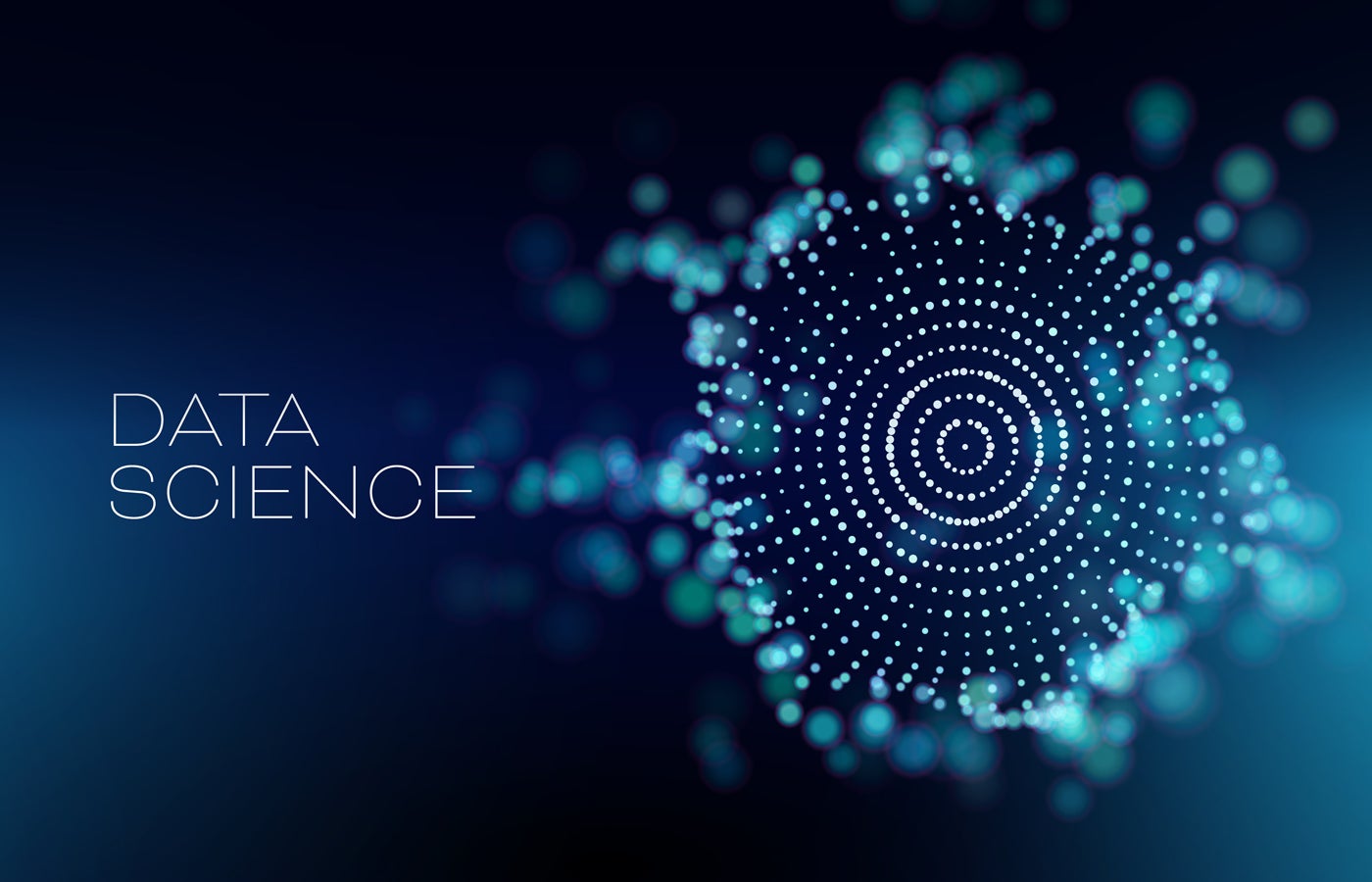
Data science involves extracting valuable insights from complex datasets. While this process can be technically challenging and time-consuming, it can lead to better business decision-making.
| Benefits | Challenges |
|---|---|
|
|
Data science is an interdisciplinary field that combines statistics, science, computing, machine learning and other domain expertise to generate meaningful insight from data. The discipline focuses on making informed and improved decisions by transforming data into knowledge.
Data essentially drives our world today. Individuals, businesses and governments collect, analyze and interpret data to make crucial and economically advantageous decisions. As a result, data science has seen an increase in adoption and usage since more and more are seeing the need to understand data and how to use it to drive success.
Jump to:
Data science process
Data science features a unique process with various steps. Data scientists must first identify the key purpose of the data being collected and analyzed. Knowing the data’s primary purpose is key to correctly analyzing the data and asking the right questions. From there, data scientists can generate or collect from possible valid data sources for accuracy and qualitative insight.
DOWNLOAD: Turning data science into business strategy.
Once data has been collected, it must undergo cleaning, which involves correcting errors, removing and filtering duplicates, and finding inconsistencies and formatting errors, to prepare it for analysis. After the data has been analyzed, data scientists can further interpret and report on the results via graphical, visual or storytelling patterns to aid decision-making.
Data science techniques
While moving through the various steps involved in the data science and analysis process, data scientists may use the following techniques:
- Machine learning: Creating algorithms and models analyzes data based on defined metrics and learns from experience ensures the data science process can be automated and improved without continuously programming it.
- Statistics: Data scientists use statistical knowledge to analyze, summarize and interpret data, using either classification analysis to categorize the data into segments or regression analysis to determine the relationship between the data.
- Data mining: This process involves uncovering hidden patterns and relations in data to identify trends and make predictions more adequately.
- Deep learning: A subset of machine learning, deep learning involves employing different learning methods to train models to detect the right patterns and present results.
- Data visualization: The core purpose of data visualization is to present the finished result in a way that others can easily understand to detect patterns and trends.
Data science use cases
There likely isn’t an industry that doesn’t use data science and analytics. For instance, in healthcare, data science is used to uncover trends in patient health to improve treatment. And in manufacturing, data science supports supply and demand predictions to ensure products are developed accordingly. Of course, these examples are just scratching the surface.
Business
Data plays a very crucial role in the development and planning of businesses. Data science adds value to businesses by providing insight to help make better-informed decisions and discover patterns and trends from analysis of historical data. For example, in retail, data science can be used to scour social media likes and mentions regarding popular products, informing companies which products to promote next.
Finance
Data analysis has been a massive part of financial intelligence, as it plays a huge role in decision-making and risk reduction. It helps banks and insurers with credit allocation, fraud detection, risk analysis, customer analytics and segmentation, and optimized finance services. Financial institutions can also use it to provide customers with a more personalized financial product.
Science, research and innovation
In science, research and innovation, data plays a giant role in ensuring research is being made with concrete evidence and not just mere assumptions. The use of data has also impacted innovation, which is usually a by-product or end game of every research. Specifically, data helps researchers identify patterns, trends and correlations that can lead to innovative solutions and discoveries.
Benefits of data science
For every industry, using data to inform business decisions is no longer optional. Businesses must turn to data to simply stay competitive. Using various analysis tools such as statistics, numerical and predictive analytics, data scientists can extract insights and transform data from its raw form into helpful information, which can result in other benefits such as:
- Better decision-making: The insights gleaned from the analyzed data can help organizations make informed decisions that meet the needs of the existing problem and not just infer a solution without basic validation.
- Performance measurement and increased efficiency: Data generated from different sources can be used as a measuring tool, allowing companies to leverage data to measure growth and detect pitholes to prepare and mitigate them easily.
- Prevent future risks: Through data science methods such as predictive analysis, you can use your data to highlight areas of potential risk.
Challenges of implementing data science
Implementing data science can be complex and challenging, as it requires broad domain knowledge. Inconsistency in data can lead to incorrect results and data analysis can be time-consuming. Other significant challenges businesses face when implementing data science include:
- Data quality: Ensuring the quality and reliability of data often pose challenges. Hence, data collection methods, cleaning and integration are critical steps requiring attention to detail to minimize errors and biases.
- Data security and privacy: Ensuring compliance with GDPR, HIPAA or CCPA regulations can complicate the implementation process.
- Infrastructure and scalability: Data science often requires significant computational power and storage. Implementing the necessary infrastructure and ensuring scalability can be challenging, especially for large-scale projects that involve processing and analyzing massive amounts of data.
- Organization-wide adoption: Convincing stakeholders, such as executives and managers, to invest in data science and incorporate its insights into their decision-making processes may be challenging.
Data science tools can cover a broad range of specific use cases, including various programming languages like Python and R, data visualization solutions, and even machine learning frameworks and libraries. Some top data science tools include:
- Microsoft Power BI: A self-service tool that is best for visualizations and business intelligence.
- Apache Spark: An open-source, multi-language engine that is best for fast, large-scale data processing.
- Jupyter Notebook: An open-source browser application that is best for interactive data analysis and visualization.
- Alteryx: An automated analytics platform that is best for its ease of use and comprehensive data preparation and blending features.
- Python: A programming language that is best for its versatility at every stage of the data science process.
If you are looking for data science tools to get started with, we analyzed the best data science tools and software to help you discover the right solution for your company.
Source of Article



